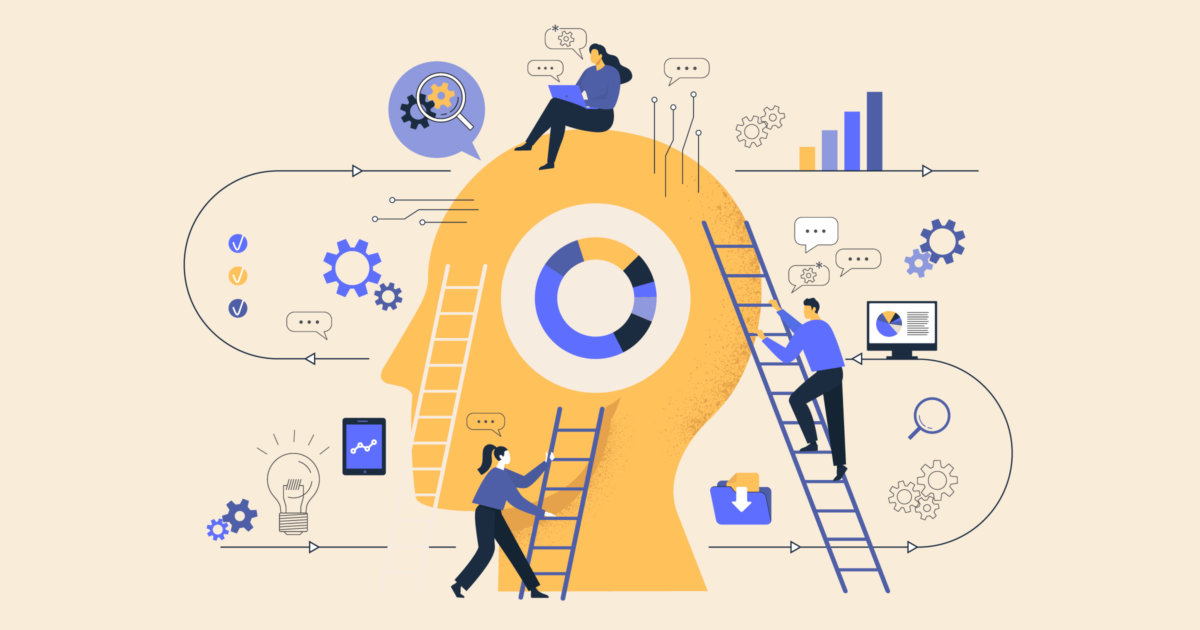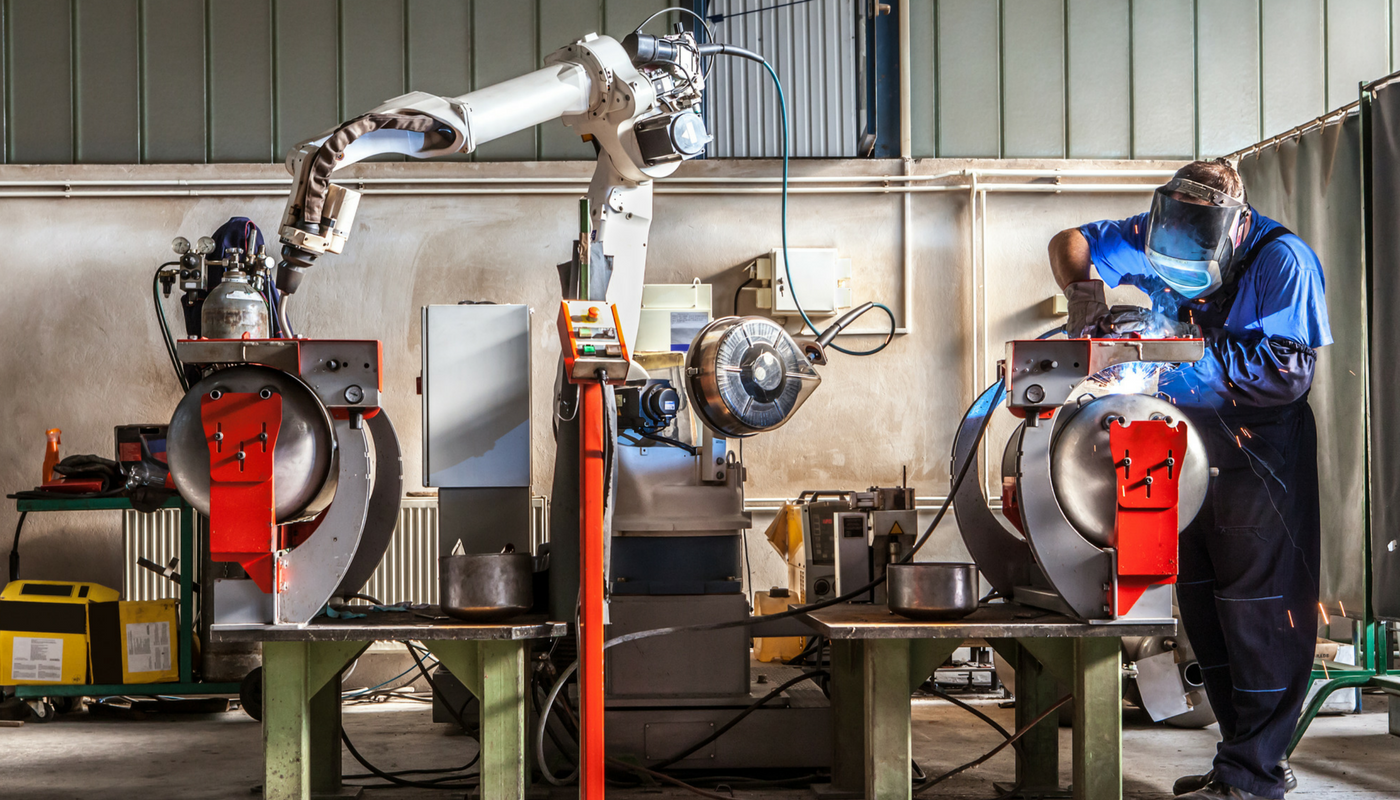THE NOVIQU BLOG
Let's talk about skills baby!

Hard skills. Soft skills. They’re all skills at the end of the day, and a team is only as good as the skills they bring to the table. That’s why it’s so important for employees to grow their skill levels over time. Cross training, higher skill levels, and filling any knowledge gaps that exist are highly important in every field.
The question is: how does a company build a skills program that works? What are the components? How do you get started?
The following will guide you through how to build a skills program that has your employees gaining skills while you build a better, safer workforce.
#1: Determine what skills need to be tracked.
Knowing what to track is your first step. Are you looking to track all of your hard skills? Are they skills around specific machinery like a brake press or fork lift or are you looking to track more interpersonal skills, like communication?
You can either start with the skills themselves, and then map out the different levels of each skill, or you can start with a specific job or role, and all the skills needed for it. For example:
By Skill: Brake Press Operation
- Level 1: Knowing how to turn the machine on and off, and can name the major parts of the machine.
- Level 2: Knowing how to maintain the machine – including basic troubleshooting and how to do simple jobs.
- Level 3: Knowing advanced troubleshooting and how to run advanced jobs.
By Job/Role: Operator 1
- Can turn on and run one machine in the line
- Knows basic troubleshooting of one machine in the line
- Can name all areas of the production line
- Knows the PPE needed for their line
While these are obviously high-level examples, they are a great way to get your organization into a groove. Start building your skills library by having brainstorming sessions with team or area leads, and you’ll be well on your way to tracking them.
#2: Determine how to test/track skill levels.
For each skill you identify, you need to know how you’re going to evaluate it. Is it a hard skill that you can very clearly define, yes – they have the skill, or no – they do not? Or is it more subjective and a trainer will need to evaluate the skill themselves?
There are many different types of skills assessments, but the ones we’ve found to be most useful are:
- Self-Assessment: Let the employee choose where they think they currently are on a skill level. This has the added benefit of learning a bit more about how an employee views themselves as a worker.
- Buddy/Manager Assessment: Let the buddy or manager observe the skills and pick the level for the employee. This allows an independent and semi-unbiased opinion to really view and choose the skill level that matches the employee.
- Testing: While no one really likes taking tests, they are an effective way to gauge knowledge in a definitive way. There are right answers, and wrong ones, and it’s not subjective to any personal bias that may exist.
Additionally, certifications are a great way to assess skill levels. If you have the opportunity to get someone certified versus just assessing them, go for it. Certifications require a solid foundation and knowledge, and are generally unbiased. This certification will also follow that employee to any additional company they work for – thus creating a safer workforce.
#3: Determine where your gaps are.
Now your workforce is skilled. Great! Where are you most at risk if an employee leaves or gets sick or gets hit by the proverbial bus? This is possibly the most important part of skills training. As an organization, you need to know where you’re most vulnerable, and skills gaps are a huge part of any production team.
The easiest way to know this is to track the skills in a way that can visually show you where you are lacking. Spreadsheets, charts, and even software can be great for this. Find the system that works for you, and implement it.
By putting these steps into practice, you can move your workforce into a more knowledgeable, skilled, and safe place. In an ever-changing workforce landscape, it’s important to make sure you know where your people are and where you’re most vulnerable.
More

Posted on 05/04/2022 by Anna Haney
Let's talk about skills baby!

Posted on 04/02/2018
Maintenance Tips to Extend Equipment Life

Posted on 9/11/2018 by Allison Opitz